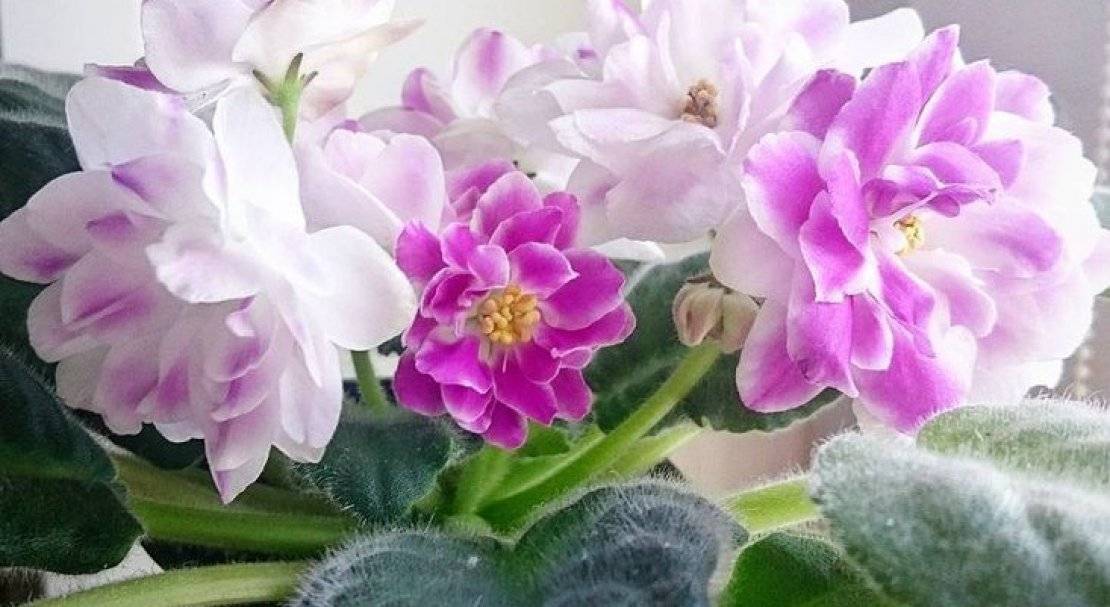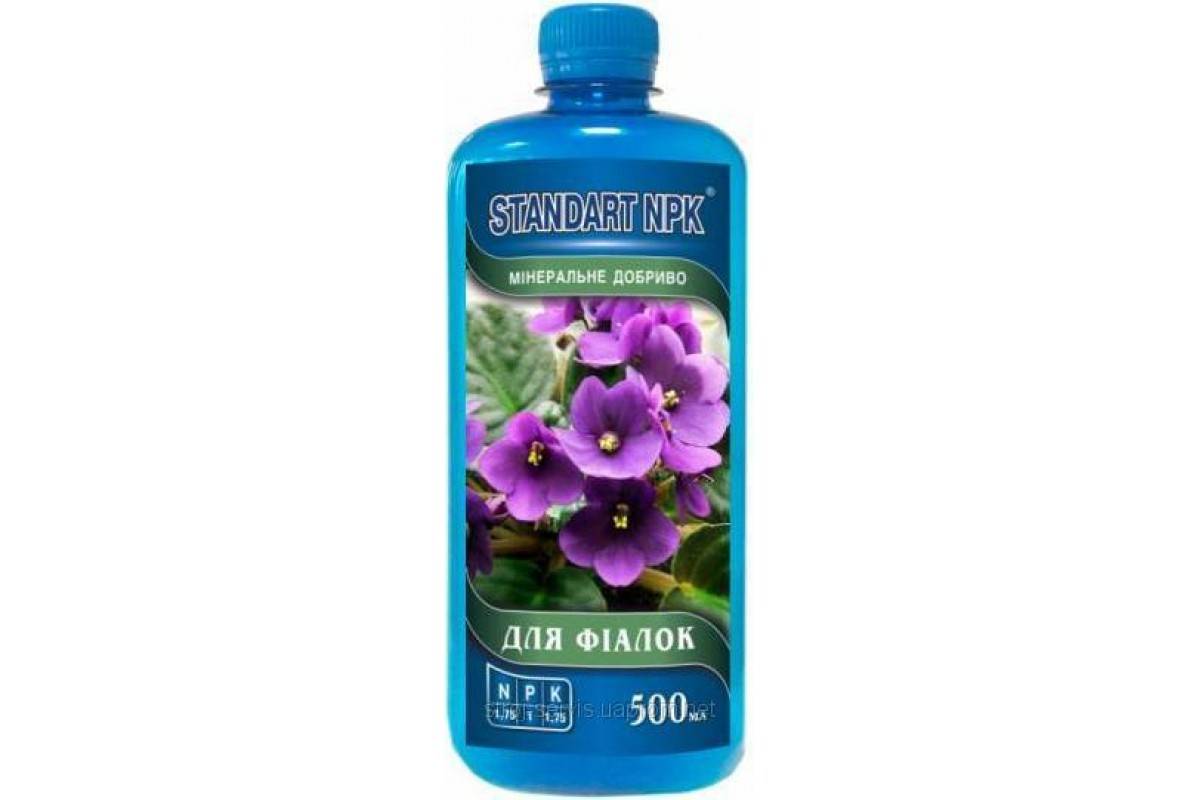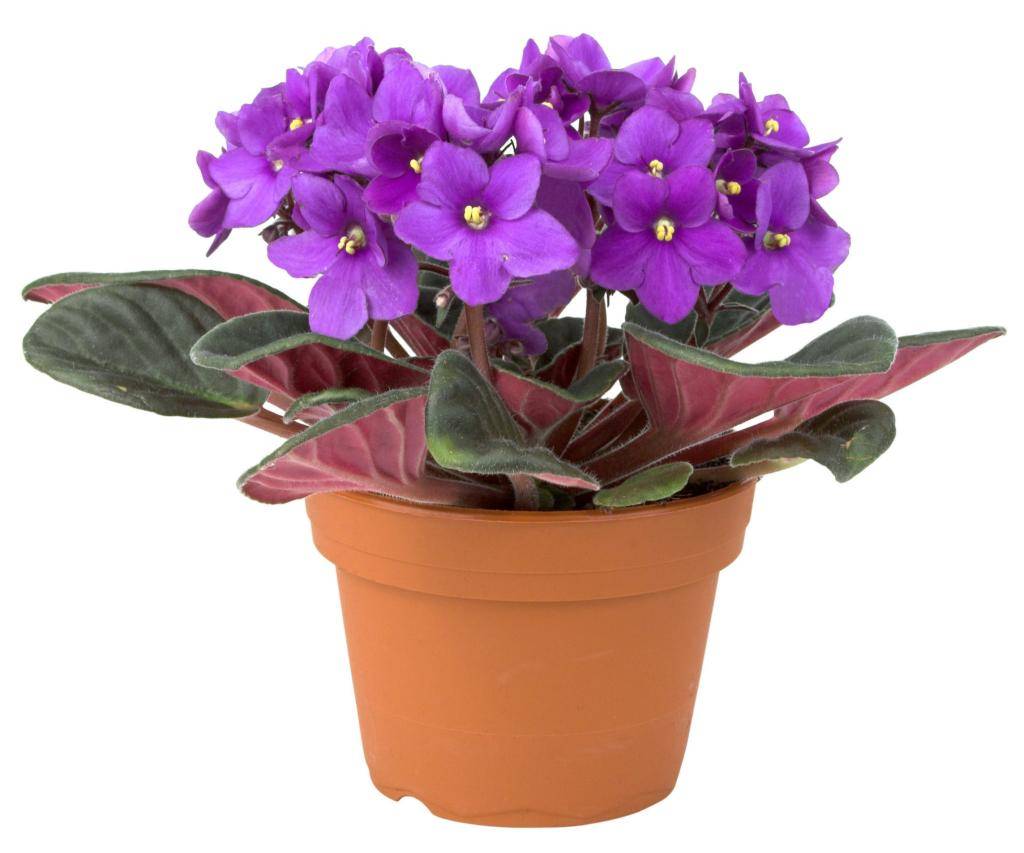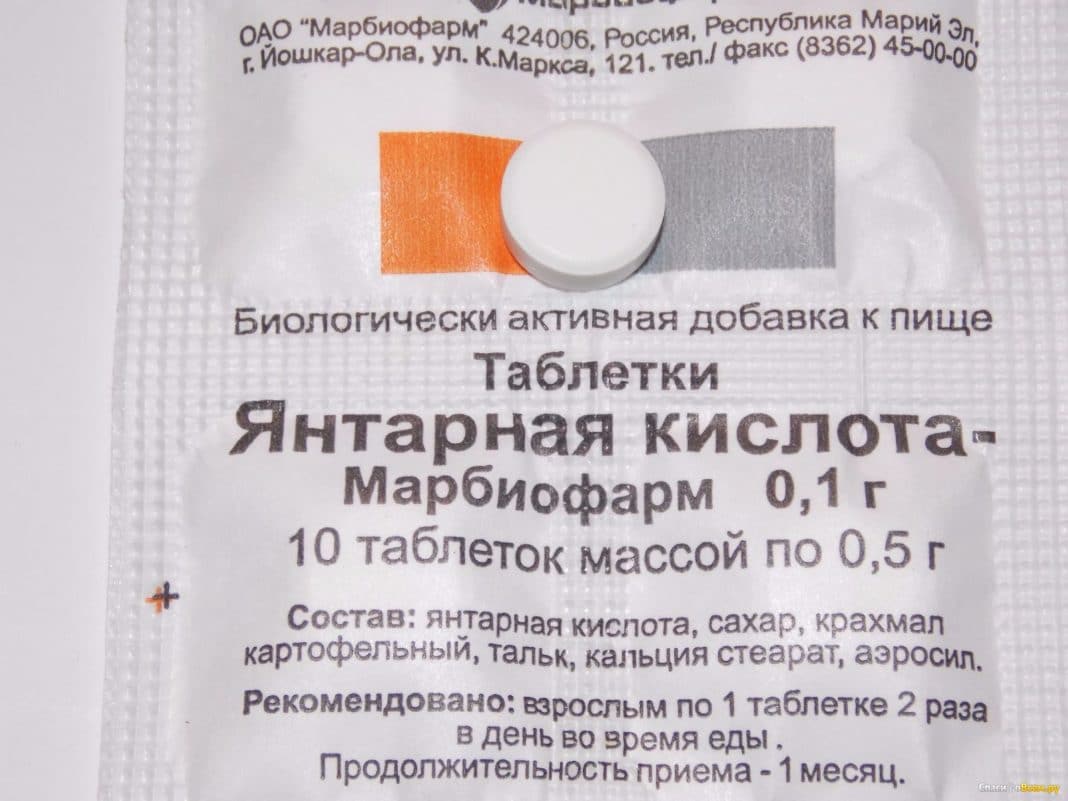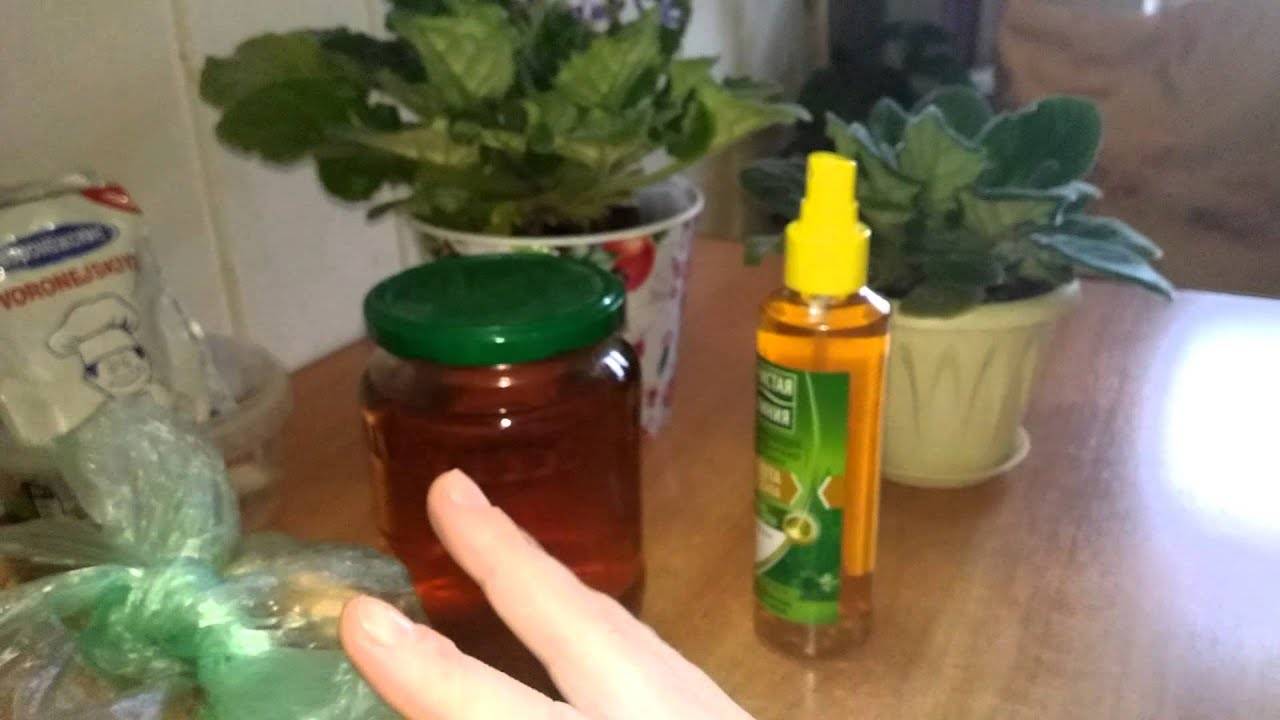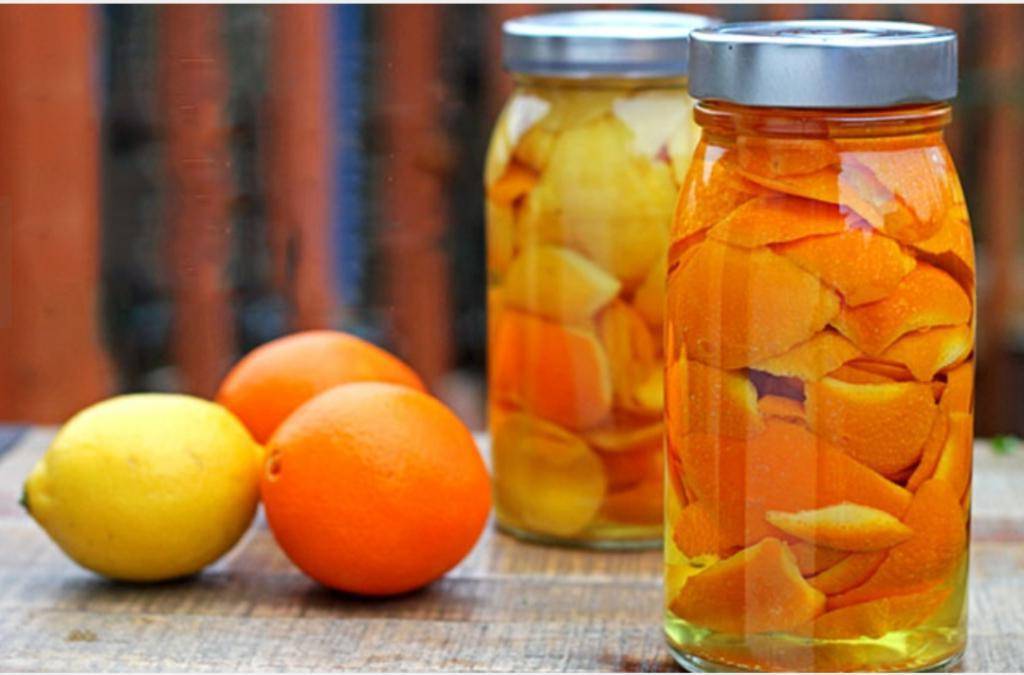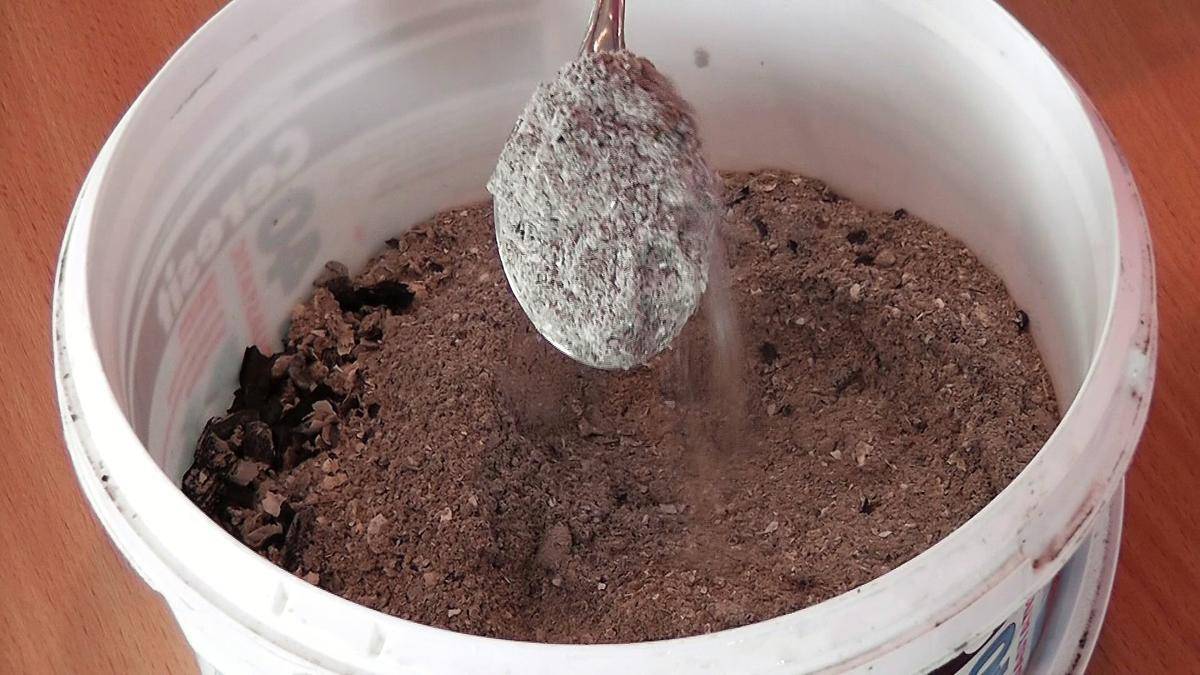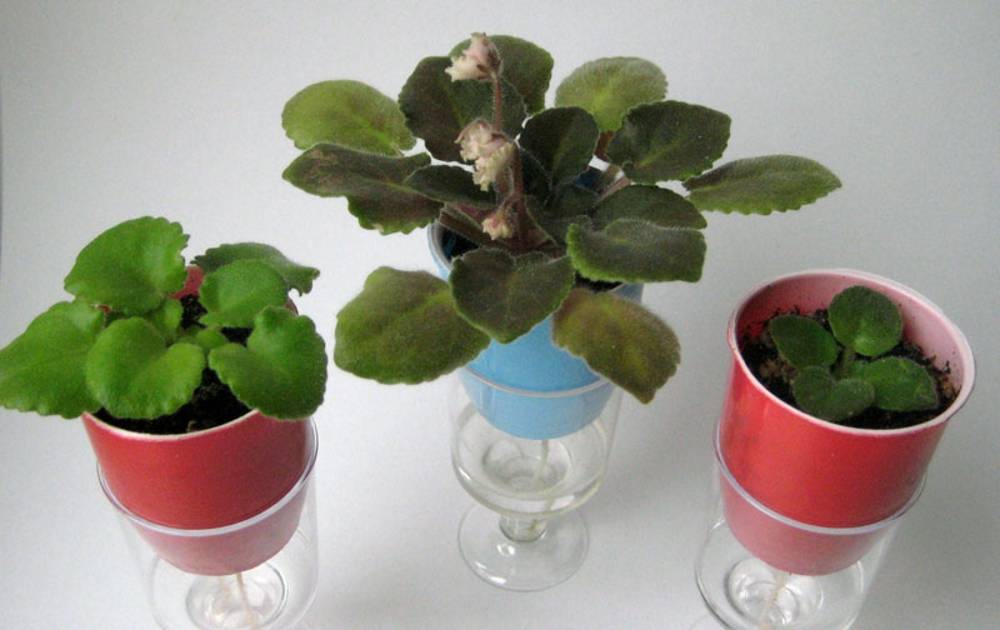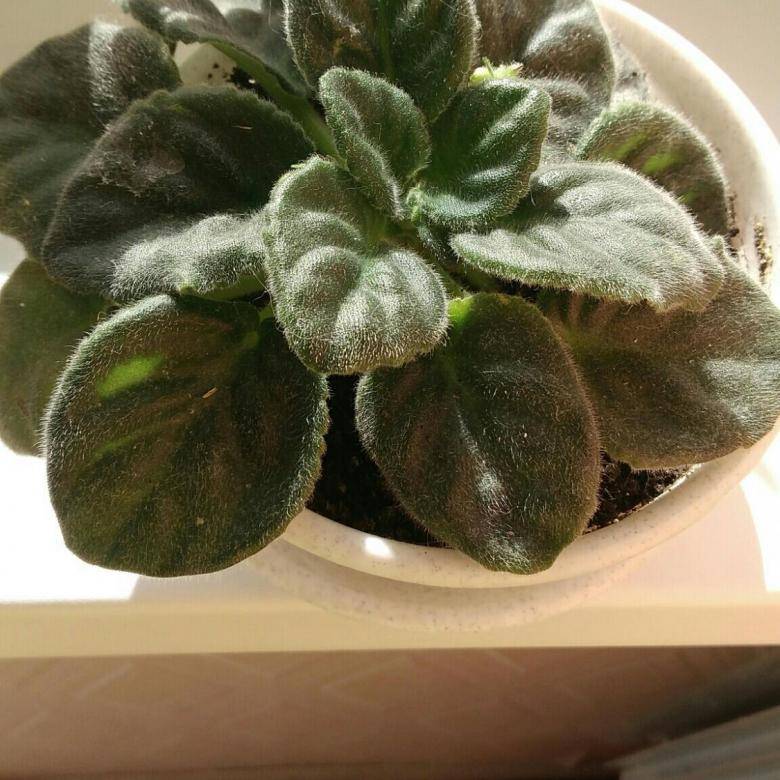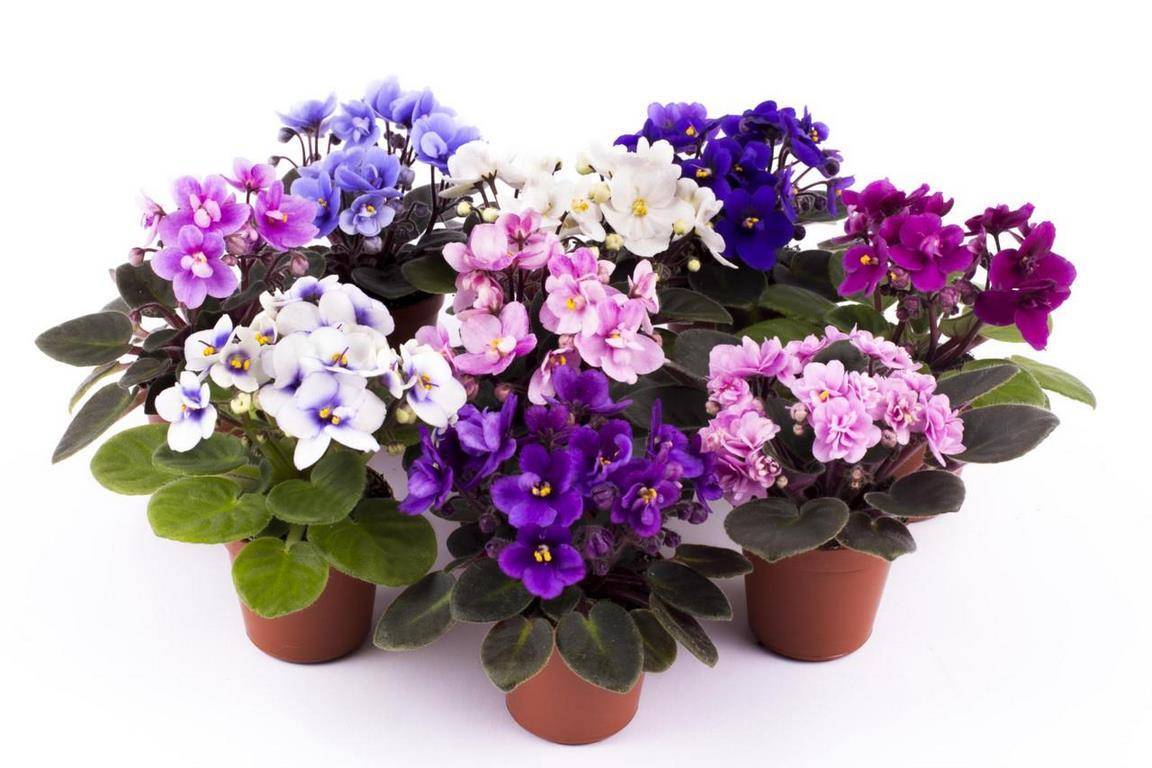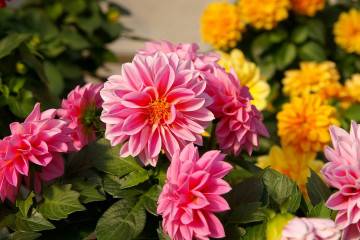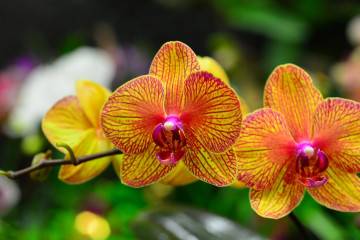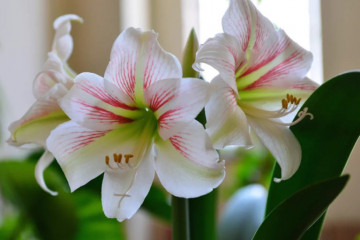How to feed violets for abundant flowering at home
Content:
Saintpaulias can be found in many homes. They do not require special attention to themselves. With proper care, they are ready to bloom all year round. But over time, the planting soil is depleted and the flower begins to feel the need for fertilizer. The issue can be resolved in a variety of ways. For the nodding flowering of the violet, the usual improvised means will be enough.
How to understand that a violet needs feeding
The absence or lack of the necessary trace elements can be judged by the appearance of the plant. As for violets, the need for feeding is expressed in:
- suspension of development (new leaves and peduncles do not grow);
- a decrease in the turgor of the stems;
- loss of elasticity of the petioles and leaf plate;
- lack or insufficient flowering;
- defects of buds.
What mineral components do violets need
When and how to fertilize violets for abundant flowering depends on the needs of the culture. The most versatile fertilizer is superphosphate. Nitrogen in its composition contributes to the growth of green mass, and phosphorus provides flowering.
Granular dressing is applied at the rate of 1 tsp. per liter of soil mixture. With each watering, a certain proportion of the fertilizer will dissolve and feed the flower. To bloom and stay under the buds for a long time, the violet also needs potassium.
It is most convenient to use special fertilizers for home saintpaulias. They differ in application periods. Before flowering, it is better to add nitrogen-containing, and the entire flowering period - potassium, phosphorus.
When to feed violets
Fertilize violets begin from the second month after planting. Top dressing is applied twice a month. Fertilized water can be added through the drip tray or poured at the root. Top dressing is not recommended.
Fertilizer should be kept at:
- damage to the flower by pests;
- at very low or high ambient temperatures;
- direct sunlight.
Fertilization frequency with almost continuous flowering by month
If you deviate from the average feeding schedule, you can distribute their application in more detail by month. Scheme for long-term or year-round flowering:
- March - twice a month;
- April - three times;
- May - three times;
- summer months - every week;
- September - three times a month;
- October - three times;
- November - twice;
- winter - once a month.
A simpler acceptable schedule is all year round, twice a month.
How to water homemade violets to bloom profusely
How to feed violets for abundant flowering at home is of interest to both experienced flower growers and beginners. To maintain health and lush flowering, various fertilizers are suitable for a indoor flower. In addition to special purchased ones, you can use organic additives, folk remedies. It is important that they are aimed at eliminating the lag in flower development.
Ready complex fertilizers
Complex fertilizers can be granular (superphosphate) and liquid. Liquid dressings are marked with special inscriptions: "for violets" or "for saintpaulias". All proportions for use are indicated in the description. It is enough to follow the instructions.
For long, lush flowering, flower growers use the following means:
- Fertika;
- "Kemira";
- "Fasco";
- "Mister color-wagon".
Their composition is balanced especially for indoor Saintpaulias. The predominance of potassium and phosphorus ensures a bright, long flowering.
Organic matter (manure, vermicompost, etc.)
From organic fertilizers, you can use manure. Animal waste is used in a highly diluted manner. First, a concentrated solution is prepared, kept warm for 3-5 days, diluted in a ratio of 1:10 with water for irrigation.
Ready-made vermicompost is also on sale. Fertilizers based on humic acids enhance the effect of minerals, improve the structure of the soil. It is recommended to adhere to the proportions indicated in the instructions.
Folk remedies
Over the years, growing violets, flower growers have learned how to prepare nutrient solutions from improvised means. Use fruit waste, tea leaves, coffee grounds. Sugar water has shown itself well.
Pharmacy products, for example, succinic acid, are also not bypassed. Powder diluted in water promotes better assimilation of soil nutrients. In addition, succinic acid helps the violet resist the influence of an aggressive environment. For feeding, 0.5 g per liter of water is enough.
Sleep tea
A useful fertilizer for violets is tea leaves. You can water the flower with undrinked tea or use dry (dormant) tea leaves. Tea contains many useful elements. Watering a couple of times a month will bring undoubted benefits.
The liquid phase of the infusion should be poured simply under the root of the flower, and the sleeping residue should be buried in the soil. So after each watering, he will give away useful substances.
Coffee grounds
Coffee grounds also contain a lot of useful things. In addition, it increases the acidity of the soil and improves its structure. It is better to mix the thick into the soil during transplanting or drop it under the root of the flower.
Yeast solution
Yeast contains a large number of beneficial bacteria that stimulate the growth and flowering of the crop.
Solution composition:
- dry yeast - 5 g;
- water - 0.5 l;
- ascorbic acid - 1 g;
- sugar - 15 g.
Yeast solution is used only once a month and then only in summer.
Glucose
A powerful source of energy is glucose. It can be used as a top dressing all year round. It is especially important to support the plants in winter lighting. You don't need to overdo it. It is enough to feed the bushes once a month. The solution is prepared from 0.5 liters of water and 1 tbsp. tablespoons of sugar.
The need for glucose can be understood if:
- leaves lose color;
- no flowering;
- the bush does not grow.
Vitamins and iodine
Iodine is rarely found in fertilizers. Moreover, it is extremely important for violets.The use of this trace element:
- accelerates metabolic processes;
- stimulates the growth of green mass;
- provides abundant flowering;
- gives brightness to the color of the buds.
In the natural environment, plants receive iodine from the air, but in the home air it is not. Therefore, it must be entered separately. The solution is prepared from 1 drop of iodine and three liters of soft water. It is enough for them to fertilize the flower twice a year (in spring and summer).
Eggshell Calcium Powder
Lack of calcium can be compensated by using eggshells. It can be used in different ways:
- insist water for irrigation;
- plant in a flower pot instead of drainage;
- mix the shell powder into the planting soil.
To avoid contamination of the soil, the shell must be thoroughly washed and dried before use.
Banana peel
Banana peels are rich in potassium and manganese. For feeding, an infusion of the peel is used. It is simple to prepare the solution - any number of skins is poured with any volume of water. You just need to keep it warm for 2-3 days. Then it can be used for feeding, but on the soil watered with clean water. The frequency of use is once a month.
Onion dressing
Onion peel infusion is also rich in nutrients. It is not difficult to cook it - the husk is poured with hot water, cooled, watered the flower. Can be used monthly.
Citrus peels
There are many different vitamins in citrus peels. They can be usefully used to feed home flowers. The peel of the fruit is poured with boiling water, kept for a day, diluted with clean water in a ratio of 1:10. The solution is ready. You can water every 2-3 weeks.
Infusion of garlic
Infusion of garlic is more useful at a water temperature of + 34-36 degrees. For one liter of warm water, 1 crushed garlic clove is enough. The infusion is kept for 2-3 hours, filtered and heated to the initial temperature. The flower can be watered with a solution 1-2 times a month.
Ash
Ash contains an impressive amount of phosphorus and potassium. In addition to them, ash is rich in magnesium, boron, sulfur, calcium. All this is very useful for the violet. The solution is prepared from 1 tbsp. l of ash and 1 liter of water. Can be used after three hours of infusion. It is acceptable to apply every 10 days.
Potassium permanganate
The main components of potassium permanganate are potassium and manganese. Both elements are vital for the violet. It is very useful to water the flower with a slightly pink solution of manganese every 2 weeks.
How to fertilize
The violet can be fed at the root or through the pallet. Leaf fertilizer is used in exceptional cases. As in other plants with a pubescent leaf plate, so in violets, the leaves lose their decorative effect when moisture gets on them.
Root dressing
Root dressing involves adding concentrate to the irrigation water. The water should be kept warm (warmer than room temperature). The solution can be poured under the root of a bush or into a tray. In the latter case, it is recommended to plant the flower in a deep tray with fertilizer and keep it there for at least 30 minutes. Then the pot must be returned to its tray, the excess liquid must be drained.
Foliar dressing
It should be clarified right away - leaf feeding requires some experience in breeding Saintpaulias. It is better for beginners to refrain from this method. The whole reason is in the structure of the sheet plate. It is loose and fluffy. Moisture remaining on the surface can lead to:
- to burns if the sun's rays fall on it;
- decay if the temperature regime is violated.
However, there are also positive aspects of this method. Fertilizers on the sheet protect the soil from salting. They penetrate the cells of the plant faster. Especially with a weak root system.
Before feeding violets on a leaf, you should study certain rules:
- the leaves of the flower must be clean;
- the procedure is carried out only in cloudy weather, in the morning or evening;
- conditions of detention should be optimal for this culture;
- the concentration of the nutrient mixture should be two times weaker than indicated in the description.
Experienced experts recommend using drugs such as:
- "Mister color-wagon" - 1 cap of the product for 6 liters of water.
- "Mister color-saintpaulia" - 1 cap for 4 liters of water.
Concentrates are also in demand by violet growers:
- the series "Doctor Foley";
- Bona Forte for violets and begonias;
- Peters Professional.
How to feed violets depends on the capabilities of the owner and the availability of drugs. Excessive feeding for violets is dangerous. Therefore, you should follow the instructions for use.
Wick top dressing
Wick feeding is especially suitable for transplanted babies. The design of the wick feeding option is very simple. This is a container (glass, jar) with fertilizer, where a flower pot is inserted. To absorb the nutrient solution, any string is released from the drainage hole of the flower pot. It should reach almost to the bottom of the lower container.
It is important to alternate between feeding and rest periods. A young plant is fed by a string (wick) from the diluted fertilizer for a week. Then, over the next three weeks, clean water is poured into the glass.
Do I need to feed violets after transplanting
The need for dressings, their quantity and frequency largely depend on the volume of the violet pot. It grows best in a cramped container. The diameter of the pot should be 1/3 the diameter of the leaf basket. This means that the plant will quickly exhaust the supply of soil trace elements. Therefore, within 3-4 weeks after transplantation, it needs to replenish its nutritional reserves. Long-term flowering also requires a lot of nutrition. The signal to start feeding is the appearance of new leaves. This means that the flower has adapted to new conditions.
Frequent mistakes
When breeding Saintpaulias, some mistakes are often made. This is especially true for beginners. To avoid them, you need to remember:
- Violet is a long-blooming flower, which means it needs constant fertilization. For the same reason, annual (sometimes twice a year) transplants are shown.
- The leaves of the culture have a loose structure and a pubescent surface. This means that the ingress of moisture on the sheet plate will lead to a loss of attractiveness.
- The root system is superficial, so it is undesirable to allow the topsoil to dry out.
If it is not possible to prepare the soil yourself, you can use ready-made soil for Saintpaulias.
There is another common reason for poor development and flowering of violets - this is total control. There is no need to constantly touch, water, fertilize the flower. You need to define for yourself a schedule of leaving and stick to it.
Violet is a very delicate but persistent flower. She can tolerate a lack of feeding for a long time. True, in this case, you should not wait for flowering and abundant growth of new leaves. Therefore, sooner or later the question arises - how to feed homemade violets? When it is not possible to use commercial concentrates, a large number of home remedies come to the rescue. Preparing nutritious food for violet flowering at home is easy. The process does not require any special knowledge. If you are not lazy and use at least them, the violet will delight you with a healthy look and long, lush flowering.
